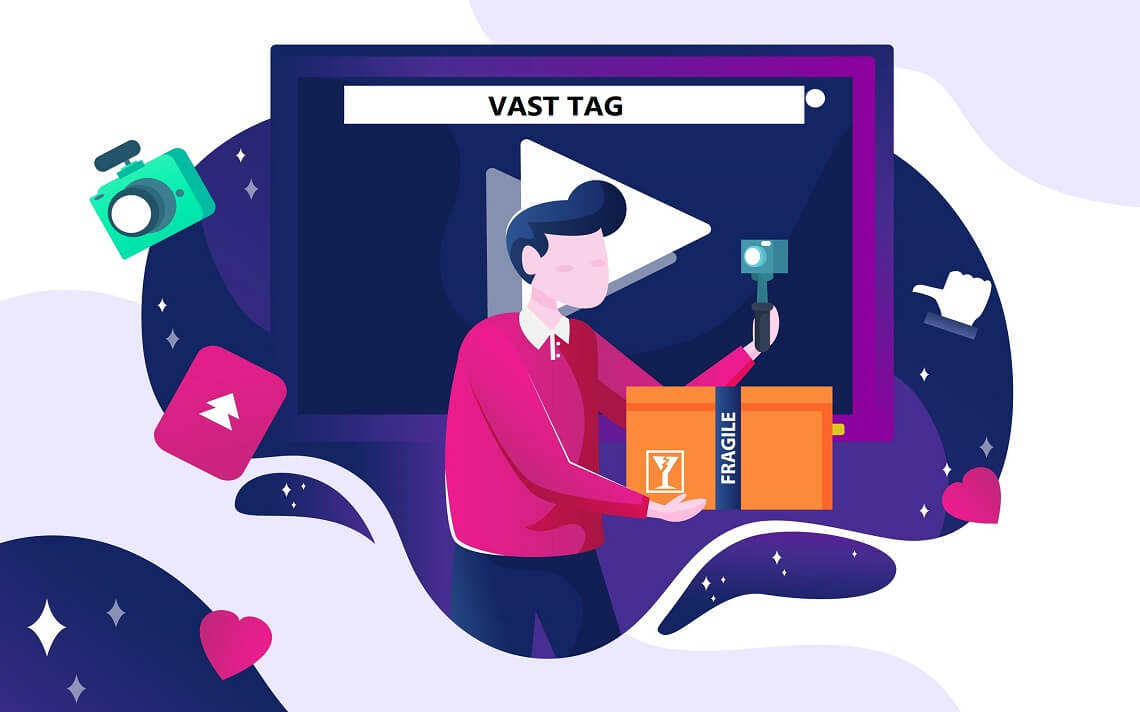Introduction to VAST Tags
What Are VAST Tags?
VAST tags are scripts that facilitate communication between ad servers and video players, allowing seamless integration of video ads into various platforms. These tags are standardized by the Interactive Advertising Bureau (IAB), ensuring compatibility across different websites and media players.
How VAST Tags Work
VAST tags operate by sending a request from the video player to the ad server, which then responds with an inline response containing the ad media and tracking URLs. This process ensures that video ads are displayed correctly and that their performance can be tracked effectively.
Creating and Implementing VAST Tags
Types of VAST Tags
VAST tags are categorized into client-side and server-side tags. Client-side tags involve the media player requesting ads from the ad server, while server-side tags have the ad server generate and insert ads directly into the content.
Manual Setup of VAST Tags
Publishers can create VAST tags manually using XML schema or through tools like Google Ad Manager. The XML format is commonly used, but some platforms may accept VAST tags as URLs.
Key Elements of VAST Tags
Integral Components
Every VAST tag includes essential elements such as the media file URL, video format specifications, and tracking pixels. These components ensure that ads are played correctly and that their performance is accurately measured.
Benefits for Publishers
Using VAST tags simplifies the process of serving video ads across multiple platforms, enhancing the user experience and improving ad delivery efficiency. This standardization also helps publishers manage their ad inventory more effectively.
Best Practices for Publishers
Optimizing Ad Delivery
To maximize the effectiveness of VAST tags, publishers should ensure that their video players support VAST and that they are using the correct version of the VAST schema. Regularly updating and testing VAST tags can help prevent errors and improve ad performance.
Enhancing User Experience
By using VAST tags, publishers can provide a seamless ad experience for users, which can lead to higher engagement and better ad revenue. Ensuring that ads are relevant and non-intrusive is crucial for maintaining a positive user experience.

